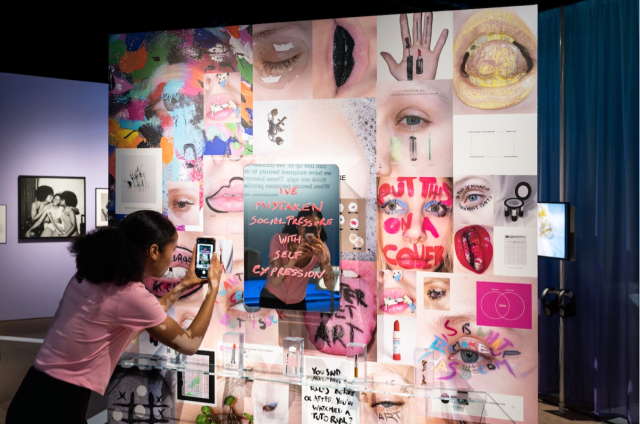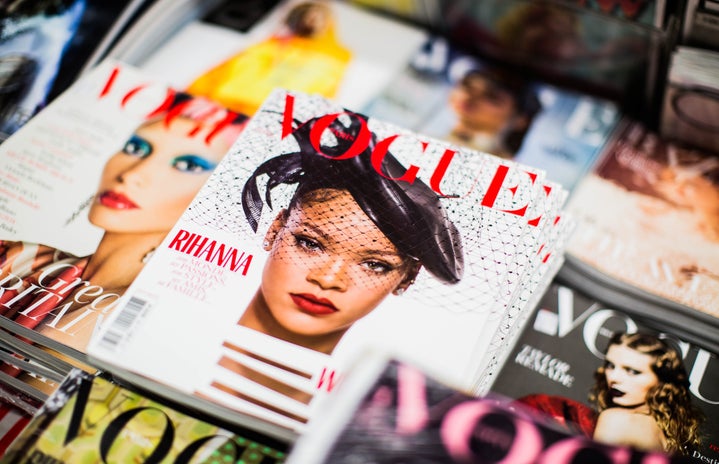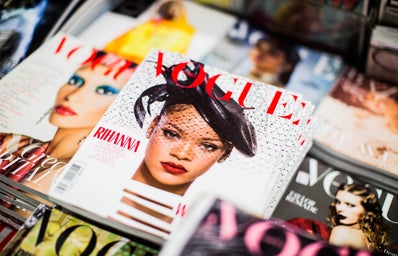The Wellcome Collection’s newest exhibit explores ever-evolving notions of beauty across time and cultures.

Photo by Benjamin Gilbert from Creative Commons Attribution-NonCommercial 4.0 International (CC BY-NC 4.0)
UCL students may already be familiar with the Wellcome Collection for its comfy and charming reading spaces, but now it invites you to immerse yourself in a thought-provoking exploration of the ideals of aesthetics through time in its newest exhibition: The Cult of Beauty.
As we navigate our modern lives, it’s easy to get caught up in societal ideals of beauty through social media and inescapable consumerism, making it vital that we take a step back to question what beauty truly means to us.
This exhibition will help us to assert autonomy over how we view ourselves, and to redefine beauty on our terms. It contains more than 200 objects, each carefully picked to tell a tale of the construction of beauty ideals, the emergence of the beauty industry, and how artists challenge and subvert long-standing beauty constructs.
As you enter the exhibit, you’ll see the beautifully intricate 17th-century painting of The Virgin of Guadalupe in Extremadura, one of several ‘Black Madonnas’ honoured by both Catholic and Orthodox communities. Many have speculated about the colour of the skin of these icons, with a common theory being that age and candle smoke exposure has darkened it over time, however, this narrative has recently been rightly criticized for its cultural whitewashing. The connection between religion and beauty runs deep, as external beauty is often connected with moral virtue, and the controversy over the Black Madonna paintings reflects how oppressed groups are fighting against the erasure of their cultural experiences with beauty by Western societies.
A more modern piece in the exhibition that I felt was connected to this notion was ‘We Climb’ by Jennifer Ling Datchuk (2021), a Chinese-American woman.Her addition to the exhibition is a cascading ladder made of human and synthetic hair, held together by Chinese porcelain beads with words of affirmation written on them by members of the East Asian community. The piece is especially touching given that it was made during the height of the Stop Asian Hate movement, with its message aiming to restore the spirits of Asian Americans by highlighting the ability of hair to speak to a sense of belonging. Through shared styles, decorations, and texture, hair can often be a striking representation of our identities and cultures.
Fans of the iconic Barbie might be interested in seeing a life-sized model of the famous doll, produced as a special edition mannequin by Adel Roostein Ltd., who have been making mannequins since the 1950s. She is joined by another fashion mannequin, ‘Oriol’. Upon seeing the figures, we are confronted with the unrealistic body shapes that are considered ideal – this scaled-up Barbie’s waist is 21 inches wide, and if she were a living woman, she would be categorised as underweight.
The museum doesn’t shy away from its role in upholding beauty standards. Within the exhibition, you’ll find a staff magazine from the Wellcome Foundation plastered with a picture of ‘Miss Wellcome 1974’, the winner of a beauty competition within the company. This serves as a reminder of how beauty standards were even upheld within corporate environments.
Nearing the end of the exhibit, you’ll find a sensory, experiential installation; a room designed to evoke the feeling of being in a nightclub bathroom, an unexpectedly poignant space where women often feel safe to connect with strangers over their shared experiences. The room contains mirrored screens that endlessly scroll through feeds of content related to online beauty ideals, ranging from makeup tutorials to dance videos to plastic surgery analyses. Created by Xcessive Aesthetics, an international, interdisciplinary collective of all-female architects, this installation highlights the all-consuming nature of digital spaces in contemporary beauty culture, but also its ability to help in building communities.
The Wellcome Collection is well known for its exhibitions that cleverly unify history, science, and art, and this one is no exception. ‘The Cult of Beauty’ is not just an exhibition, it’s an exploration that breaks down our perceptions of beauty and rebuilds them with a deeper understanding of beauty beyond our ideas of digital and physical, artificial and natural.
The Cult of Beauty is at the Wellcome Collection until 28 April 2024.


